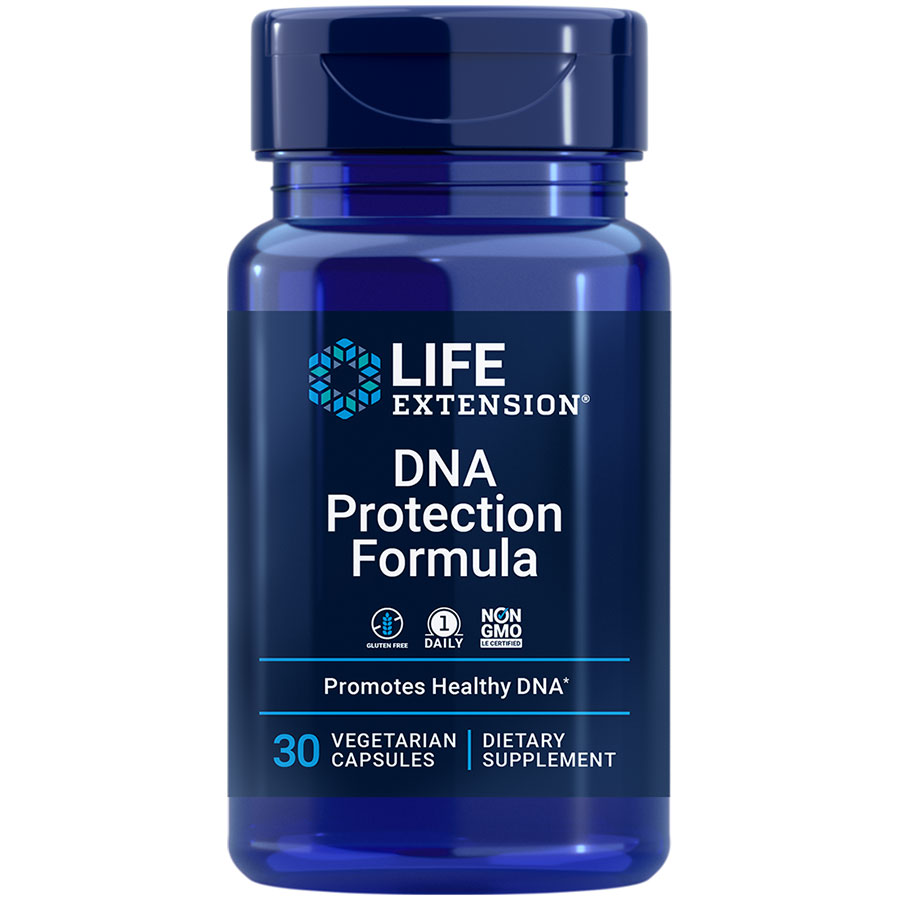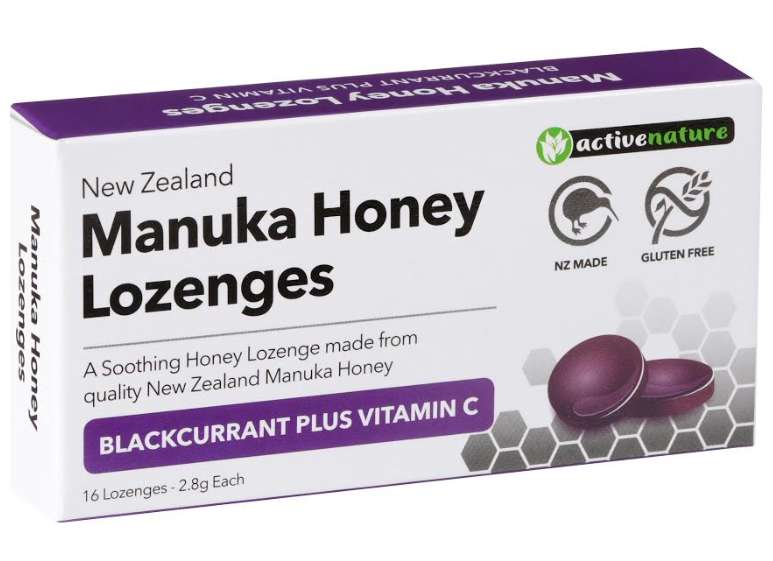What are allergies?
Von Pirquet, a Viennese physician, first used the word allergy in 1906 to mean altered reactivity. He described allergic people as having excessive responses to something in their environment. These environmental allergens, which are virtually limitless in allergic (or hypersensitivity) reactions.
Foods are known to cause a variety of disturbances within the body. These disturbances arise due to different mechanisms. For example, you have most likely known someone who is unable to digest milk products. This is called lactose intolerance and occurs when the body has a deficiency or absence of the enzyme lactase. This is not a food allergy. Food allergies are the only food induced disturbance directly related to the immune system.
Immunoglobulins (antibodies) are produced by our immune system against foreign invaders that are deemed to be dangerous. Antibodies mediate significant inflammatory processes as part of this defensive action.
Allergic symptoms are the direct result of these antibody caused processes. Allergic reactions to common foods such as milk, wheat, corn, soy, citrus, tomatoes and peanuts may be mistakenly attributed to passing viral infections or recurrent ‘colds’. The relationship between the many common symptoms (including fatigue, headache, anxiety, as well as itchy runny nose and puffy eyelids) and the allergies that caused them may go unrecognized for years. Increased stress, recurrent infections or declining health may add to the burden of chronic allergies. Over the years, arthritis, gastrointestinal disorders, autoimmune disease, eczema, and migraines, to name a few serious conditions linked with food
allergies, can develop into chronic conditions if the offending allergens are not discovered and removed from the diet.
Why do Allergies Develop?
Imbalanced or inadequate diets, stress, genetic predisposition, infections and inflammation, chemicals, drugs,
environmental pollutants and toxins are all possible contributing factors in the development of allergies.
Research has shown that these causative factors can weaken both digestion as well as the protective defences in our GI tract and lungs allowing for allergens to more easily confront our beleaguered immune system.
Who Has Allergies?
Almost everyone knows someone who suffers from symptoms of allergy, including wheezing, runny nose,
irritable bowel, migraine headaches, skin rashes, or a host of other common uncomfortable and often debilitating problems. Conservative estimates imply that as many as 25 percent of the population have significant allergies to some types of foods, chemicals, or inhalants. The true incidence of allergy and intolerance may be considerably higher if we include the less dramatic symptoms of occasional anxiety, joint aches, generalized fatigue, and water retention as well.
Types of Allergic Reactions and Their Mediators
There are two major types of allergic reactions:
Type I:
- Immediate onset
- IgE antibody
Type III:
- Delayed onset
- IgG antibody
Type I or Immediate Onset Reactions:
This type of allergic reaction, mediated via IgE antibodies typically occurs immediately after contact with an allergen. High levels of IgE antibodies reacting to specific allergens can cause serious health problems. Reactions of this type may include swelling of the throat (making breathing more difficult), hives, bloating, stomach or abdominal pain, asthma, and abrupt diarrhea.
Type III or Delayed Onset Reactions:
The delayed type of reaction is much less obvious and thus more difficult to discover; the reaction may occur up to several hours or days after contact with the allergen. These types of allergies are often considered hidden allergies. Chronic fatigue, arthritis, hives, eczema, headaches,
water retention, irritable bowel, and many other chronic symptoms are often the legacy of unrealized and untreated IgG mediated allergic reactions.
What is ELISA Testing?
The latest exacting technologies in laboratory medicine are now available to measure, from small blood samples, our immune system response to over 100 foods. The actual levels of IgE and IgG antibodies against these individual allergens can be precisely measured. The US BioTek Laboratories allergy test will help you discover with ease what you need to avoid or what you can include in your diet and environment to minimize allergic reactions and allow your body the time to rest and heal.
Using state of the art ELISA testing, US Bio Tek Laboratories has set a new standard for identifying and quantifying both serum IgE and IgG antibodies in response to foods. ELISA stands for enzyme-linked immunoabsorbent assay. This is an impressive sounding test, but is actually simple and quite definitive.
ELISA is referred to as a quantitative test, meaning that the number if IgE and IgG antibodies in your blood can in fact be counted. After the blood is drawn, the tube is set aside to clot and then spun with a centrifuge. The clear portion (or serum) containing the antibodies is removed from the tube and sent to the lab. At the lab, the serum is added to numerous vials, each containing a single food to be tested. After a period of incubation, an enzyme is added to each vial. This enzyme identifies any antibodies that have reacted with the food. Enzymes that have not identified the antibody-food reactions will be washed away.
Last, a colour agent is added to each vial. This colour agent will bind with any enzyme that is left in the vial. The degree of colour in each vial, measured with an optical density reader, determines the degree of antibody activity. The reader, determines the degree of antibody activity. The darker the vial, the more antibodies. The more antibodies, the stronger the possibility of that food causing an allergic reaction in your body.
What Can I Do?
As you have undoubtedly come to realise, food allergies are not well known, not well investigated, and are therefore, oftentimes overlooked as a possible causative factor to illness. Fortunately, laboratory testing is
available and lends to easier identification. Feeling as well and strong as one can be is the best reward.
Ultimately, you will be the victor and you can take total satisfaction and delight that you have accomplished a great deed. Your health and well-being will be in your hands.
Types of Allergic Reactions and Their Mediators
Case Studies:
Case 1: Man with Irritable Bowel Syndrome.
A 32 year old man with a long history of explosive diarrhoea sought help from many gastroenterologists. Apart from blood studies, he went through multiple endoscopies and biopsies.The biopsy reports invariably came back as non-specific findings consistent with irritable bowel syndrome. The last gastroenterologist he saw suggested that he be tested for food allergies. His allergy results revealed that he was highly allergic to egg white and gluten. His symptoms improved significantly upon removal of these foods.
Case 2: Lady with chronic cough of ten years duration.
A 48 year old lady with a ten year history of chronic cough had not improved despite consultations with many doctors over the years. The food allergy panel through US Bio Tek Laboratories revealed strong allergies to dairy products, shrimp, corn, barley, oat, sesame, rice, egg white, banana, grape, and pear. By following the customised rotation diet provided by US Bio Tek Laboratories, she improved dramatically.
Case 3: Child with ADHD.
A 9 year old child was previously a problem child at school and was very hyperactive. When he was diagnosed with having ADHD, his family took him to Dr. H. and a food allergy test was performed. His food allergy report revealed significant allergies to dairy, egg, gluten, wheat, and
some fruit and vegetable items. Within 2 weeks of following US Bio Tek Laboratories™ rotation diet his behaviour dramatically improved.
Suppled by fxmed
Website of interest www.fedupwithfoodadditives.info





